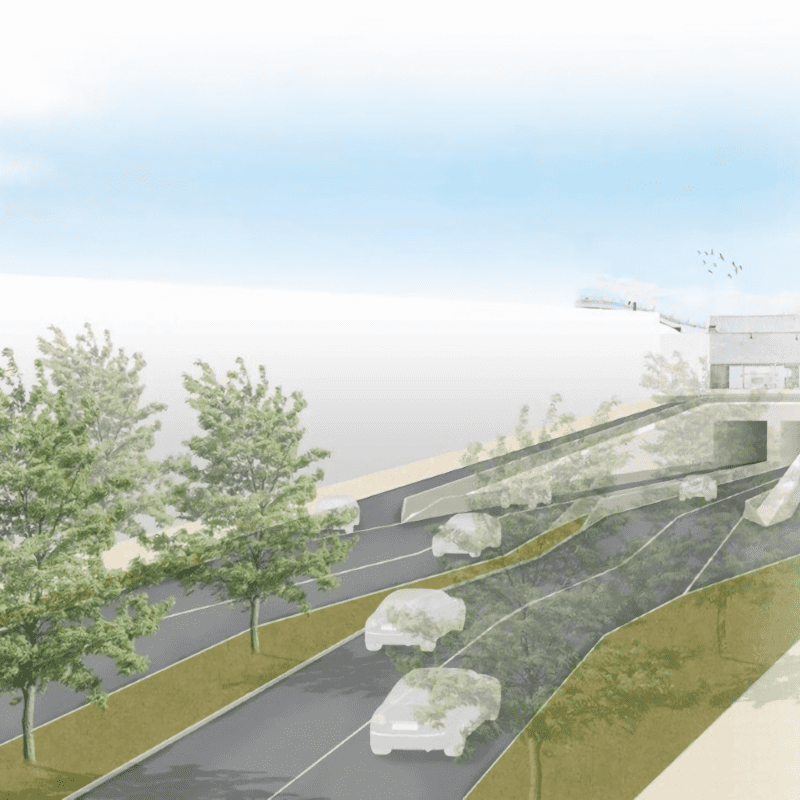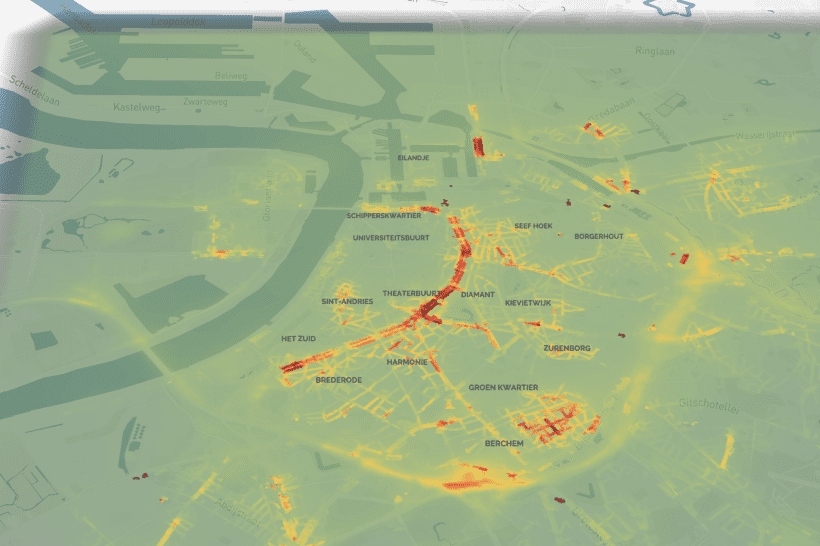BIM x digital twin
We aim to make our mobility system more efficient by means of methodical digital solutions. We therefore are implementing BIM, a virtual way to build and collaborate on our infrastructure. Our goal? Setting up a ‘digital twin’: digital equivalents of our infrastructure and artworks. With these solutions we will be able to create analytics for optimal management via machine learning and smart data collection. To achieve that goal, collaboration is crucial.

Objectives
There are 3 definitions for the concept of BIM, each of which is important to the Department of Mobility and Public Works.
- Stap 1
Building Information Model
A BIM model is a digital (3D) representation of a project, to which information is linked. Therefore, it can contribute to a better perception of project partners and stakeholders, which in turn can lead to faster decision-making.
- Stap 2
Building Information Modelling
BIM also stands for intelligent data sharing between the different partners of a project via a common exchange platform and uniform processes. This allows knowledge transfer to run smoothly, increases project quality and reduces possible failure costs.
- Stap 3
Building Information Management
This definition focuses on the intelligence of the BIM model and the management of the information linked to it. Transmitting information during the structure’s life cycle, without loss of data or quality, is the greatest challenge here.
By working in a BIM-oriented way, we collect and manage all available information about our infrastructure throughout
its entire life cycle efficiently. By using this up-to-date, standardised and reliable information, we can optimise human inspection and other means of maintenance and operation, and even work preventively.
Optimal maintenance of infrastructure
BIM is a first stepping stone in our process of improving our asset management and taking into account lifecycle costs. We rely on up-to-date, complete, standardised and reliable information for management, maintenance and operations. That will allow us to reduce human monitoring over time and allocate those resources to automated prevention and alarm system solutions for maintenance.
Help build the mobility of tomorrow

Cross-border collaboration is needed to make large-scale implementation of these innovations possible. For example, we are working with the road authorities in the Benelux on improving data exchange and setting up a ‘digital twin’ for cross-border corridors. The successful construction of a ‘digital twin’ and an investment programme focused on road safety and sustainability are now our priorities. That is why we are looking for international practices and experiences in this field. Equally, we would love to share our own.